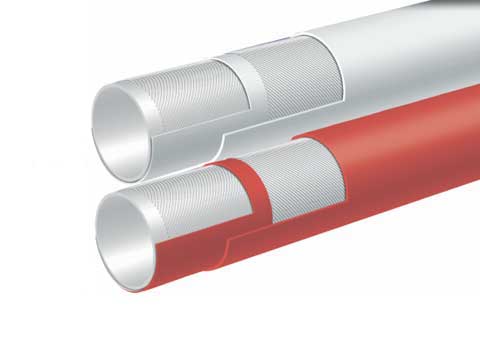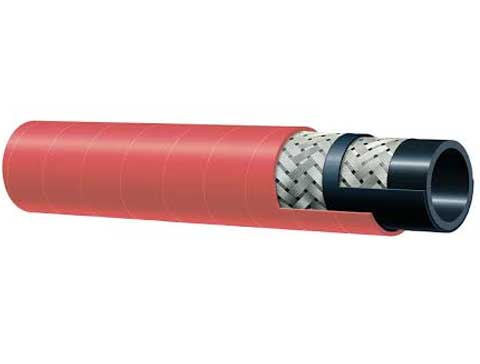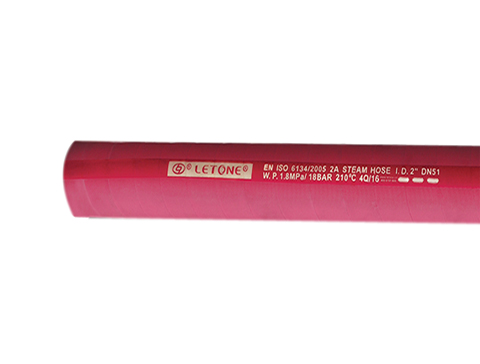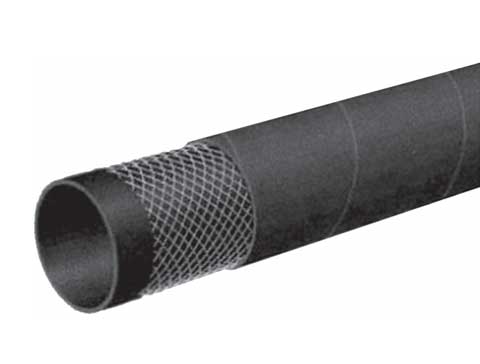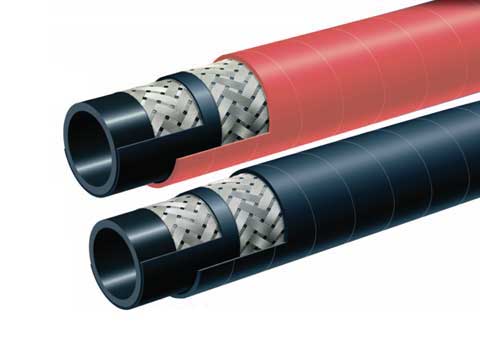Sandblast hoses transfer blast media from the nozzle to the hose. These hoses can cause safety and performance issues.
The type of abrasive is an important consideration. Mineral abrasives such as silica produce dust that can lead to silicosis, a debilitating lung disease. Other mineral abrasives, such as garnet, produce less dust.
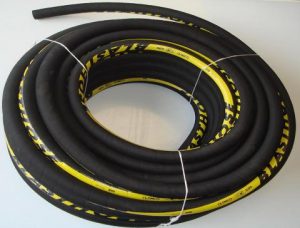
Wear-resistant blasting hose: advantages and disadvantages
Using the right blasting material and the right blasting method can save time and money. There are several different types of blasting methods, including dry blasting, wet blasting, and water slurry blasting. These methods differ in their ability to remove tight rust and mill scale, but all offer advantages over traditional sand blasting. They can also reduce the risk of dust inhalation, a serious health issue.
Abrasive blasting involves blasting the blast media at high pressure in order to clean surfaces. This process is used to remove corrosion and rust or to smooth out and finish a surface. The type of media used depends on the project and the environment. Blasting media includes garnet, copper slag, and silica. Silica is the most popular and least expensive, but it is prone to fracturing and can lead to silicosis, which is a debilitating lung disease. Garnet is more costly, but less likely to break and safer to handle than silica.
It is important to choose the right nozzle size for a blast hose. A hose that is too small or too long will cause it to lose pressure. In addition, a hose that is twisted during installation or service will decrease its lifespan. It is recommended that a hose be three times as large as the nozzle.
how to extend the life of wear-resistant sandblasting hose
A good sandblast hose can be used for hundreds of hours in a typical application. However, if it is used in extreme temperatures or harsh weather conditions, the hose will degrade quickly. This can lead to reduced efficiency and increased risk of accidents. To extend the life span of a sandblasting tube, it is best to inspect for leaks and soft spots. It is important to avoid crimping the hose or bending it tightly.
Wear-resistant sandblasting tubes are industrial hoses designed to transport abrasive material such as sand or gravel. It is made of a high-tensile fabric and wire outer layer, and a rubber tube inner tube. The inner layer of a sandblasting hose is designed to resist wear and abrasion, while the outer coating protects it from contaminants. It is flexible, kink-resistant and easy to use.
The sandblasting process uses air pressure to propel abrasive particles toward the surface or work piece. These particles are usually blasted using boron carbide. This material is excellent for blasting, as it resists wear and can be used with high speeds. It is important to select a sandblasting tube that is compatible with your abrasive and equipment. Incompatibility could cause damage and reduce performance.
wear-resistant sandblasting hose steel wire layer fault
Blasting hoses are at the heart of every blasting system. It is important to ensure that they are of high quality. Cheap blast hoses may seem like a bargain, but they will not last. Instead, choose a quality sandblasting hose that can handle the pressure of your blasting application.
Blasting hoses can be used to pump and move materials that are resistant to wear, such as crushed glass and sand and gravel. They are also often used as protective pipes for machinery and equipment in glass factory, steel plant, wharf, and cement factory. These hoses have abrasion-resistant rubber and are flexible and strong. They are lightweight and easy-to-install.
The size and length of your blast hose will be determined by the type of abrasive and the surface of the target. For example, aluminum oxide requires a larger diameter and higher pressure hose than glass beads. Abrasive materials must be delivered at a constant rate to achieve best results. Temperature also affects the pressure of a blast hose. High temperatures can cause internal cracking and premature wear. Blast hoses need to be tested regularly and replaced if there are signs of wear.

